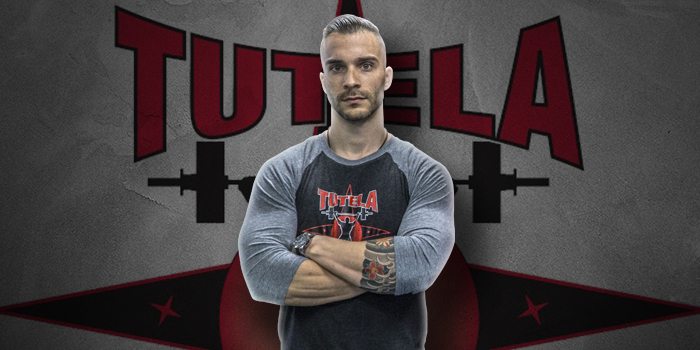
I’m a pretty active dude. Most of the guys with whom I work are pretty active as well, and many are a bit older than I am.
All of us, however, have very similar training goals. That is to be strong, lean, muscular, fast, conditioned, healthy, and able to play sports and to move around without pain.
If you’re an active guy who wants the “show” to go along with the “go,” then you need to check this out! I’m going to show you what you need to do to continue to train how you want and still have the ability to participate in athletic endeavors while minimizing pain and nagging injuries.
RECENT: Skinny and Weak? Here Are the Top 5 Things You’re Doing Wrong
I’m currently 31 and have been training since age 13. Although I’m not chronologically very old, I’ve been training for some time and have dealt with my share of bumps and bruises over the years. Most of my clients are in their mid- to late 30s, and some are in their 40s and 50s. The majority of these guys and gals are firefighters, police officers, and/or former athletes who still want to play some softball, play basketball, practice martial arts, hike, and do a variety of other things.
Although these things are extremely fun and I highly recommend them for mostly everyone, they can certainly take their toll on your body, especially when combined with hard training.
This is why you have to keep a close eye on what you’re doing in and out of the gym to maintain the integrity of your joints and soft tissue while staying strong. After all, our goal is to be strong, fit, and active! The idea is to accomplish this while minimizing the pain that can come along with years of doing the shit we enjoy.
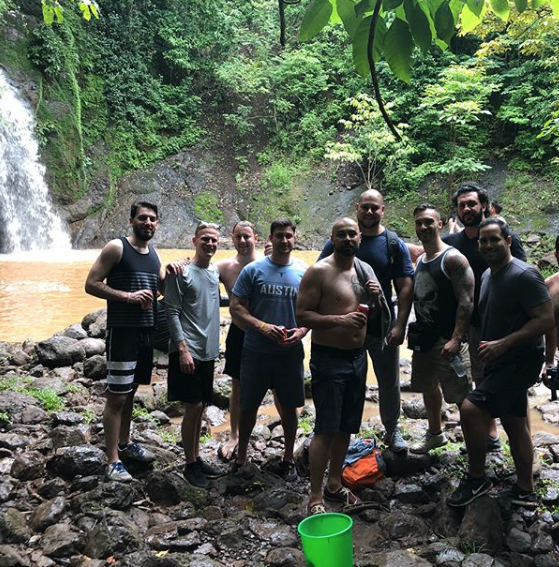
Here are the 10 steps you can take to do that.
1. Prehab
Most meatheads like you and me don’t spend enough time preparing the body for the hard physical tasks it’s about to take on. But if you want to make the most out of your training session and prevent injuries, then you should kick off each session with some specific prehab work.
And believe me, I get it. You don’t have all day to spend in the gym, and like you, I would be bored to tears humping a foam roller for an hour. But it actually should take only about 5-10 minutes to address the specific areas that really need work. Maybe it’s your hip flexors. Maybe it’s your quads. Maybe it’s your piriformis. Whatever your biggest needs are, spend about five minutes hammering those one or two areas with self-myofascial release (SMR) techniques or static stretching. Both would be much better options than mindlessly rolling out your entire body for an hour.
2. Warm-up (dynamic and exercise specific)
Once your stretching and/or SMR session is complete, it’s time to wake up the body with a thorough dynamic warm-up. You can either do a full body warm-up or one that’s specific to the upper or lower body depending on what you’re training that day. For the most part, I prefer a full body warm-up with a bit more upper body stuff on an upper day, or lower body stuff on a lower body day. I prefer this because it guarantees me at least three full body mobility days per week.
Use this time to mobilize the joints, activate the musculature you’re about to train, increase your core temperature, and secrete some synovial fluid to prepare the joints for your training session. Finish it off with a jump, throw, or sprint to fire up your central nervous system (CNS) to bring you to a heightened state and ready for work.
Think about it for a second… Ever feel tired and kinda shitty at the start of your workout, but ready to do some HBK kip-ups halfway through? That’s because your CNS is now kick-started and you’re warmed up and ready to go.
Once your dynamic warm-up is complete, you should begin warming up on the exercise you’re about to do. I can’t tell you how many guys I see walk in the gym, bend over, touch their toes, then throw 315 on the bench and hammer away. That is a catastrophic injury in the making. Be sure to progressively increase the weight and work up to your working weight on each exercise you do.
3. Program bigger lifts later in the workout
I come from an athletic performance background, but just like powerlifters, bodybuilders, and meatheads alike, I was accustomed to hitting my big lift first in my workout. However, this isn’t ideal for stronger guys who’ve been training for a while or older lifters.
Think about it…later in your training session, your joints are warmer, lubricated, and ready to handle the bigger lifts than they are early in your session. Because the load will be slightly lightened due to fatigue (relax, that doesn’t mean you’re getting weaker), you’ll be capable of performing these exercises in a much safer manner.
Dr. John Rusin has popularized this and opened my eyes as a coach. If you’re not a competitive powerlifter, it’s much more efficient to program bigger movements later in the training session. There’s really no need to constantly push numbers if you’re just looking to stay strong and healthy.
4. Specialty bars/exercise modifications
Too many of us are married to the barbell. We stick to the bench, squat, and deadlift (the big three) because that’s all we’ve known. But if that’s all you do, you’ll eventually get injured. That’s where specialty bars and exercise modifications come in handy.
For example, once you get to a certain point, the big three may do more harm than good in the long run. It will only be to your benefit to switch to specialty bars to go through the movement patterns safely and more efficiently.
I highly recommend the safety bar squat, trap bar deadlift, and some type of neutral handled bar to press with like a Swiss bar. Not only will these variations put less stress on your joints but also they will stimulate a great training effect due to the new distribution of the load if you aren’t used to it.
If you’re too beat up to even use specialty bars, it’s still not a problem. There are plenty of unilateral, dumbbell, and bodyweight exercises that are incredibly beneficial and will produce great results. The important thing is that you avoid hitting the big three lifts with a barbell week in and week out and that you make adjustments that are less stressful on the joints.
5. Daily mobility/stretching
If you want to feel good and still perform at a high level, then warming up and stretching only on your training days ain’t gonna cut it. You’re going to have to spend some more time on this, but that doesn’t mean three hours a day. Take 10-15 minutes each day and dedicate that time to mobility drills and static stretching. To maximize that time just focus on the areas that need the most work and go to town!
6. Massage
SMR work is great, but if you really want to break up tight fascia, then I highly recommend working in a deep tissue massage as often as you can afford it. Remember that this is the kind of thing that keeps you healthy, so invest in yourself and grab a good massage as often as you can.
7. Sleep
I talk about sleep in just about every training article I write. I don’t mean to beat a dead horse here, but it’s that fuckin’ important.
You recover when you sleep.
You fight disease when you sleep.
You build muscle when you sleep.
You need to fuckin’ sleep!
You need 7-9 hours per night and, if possible, a 15- to 30-minute nap per day.
8. Cryotherapy
Cold is a hormetic stressor, which means it’s something our bodies need to respond and adapt to, which can lead to the capability of handling more stress on a daily basis.
Cold will also reduce inflammation, which is important for lunatics like us who are stressed out and training hard all of the time. Cryotherapy is a great way in which to bring down some inflammation and to recover from tough training sessions as well as the daily physical tasks in which we participate.
9. Sauna
The heat has also been shown to have incredible benefits, including increasing longevity and improving cardiovascular health. A 20-minute sauna session usually does the trick for me about two or three days per week.
10. Take a week off when you need to
One of the biggest things that can get in your way is your willingness to go, go, go no matter how shitty you feel. I commend you for your efforts because I know exactly what that’s like. You want to have that “edge” and always push through even when you don’t feel like it. But eventually, that’s going to catch up to you.
I’m certainly not suggesting that you just skip out on workouts whenever you don’t feel like training. What I’m saying is that you should be mindful of how long you’ve been consistently going and work in a recovery week every 12-16 weeks or so.
That doesn’t mean you should sit on the couch and eat Dunkaroos for a week. You can certainly do some low-impact stuff like bike, swim, and walk to keep active. But the key is to take it easy and not beat up your joints or nervous system in the process.
When you do that, you’re going to come back strong, fresh, recovered, and capable of handling more in the long run.
Preparing the body, training, and recovering are essential for our overall health and well-being. A perfect blend of all three are vital for us to continue to do the things we enjoy without suffering from debilitating pain.
If you push it long enough, you’re going to take your bumps and bruises. There’s really no way around that. However, it’s up to you to manage the degree of bumps and bruises you’ll take by doing what’s necessary to stay healthy.
I know this article will help if you apply the things we’ve discussed. Take advantage of it, and continue to live the active life you want.
Thanks for reading.










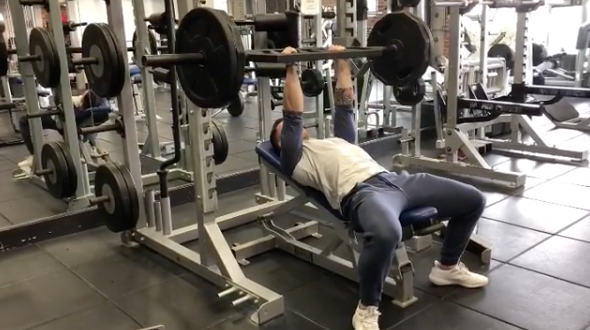
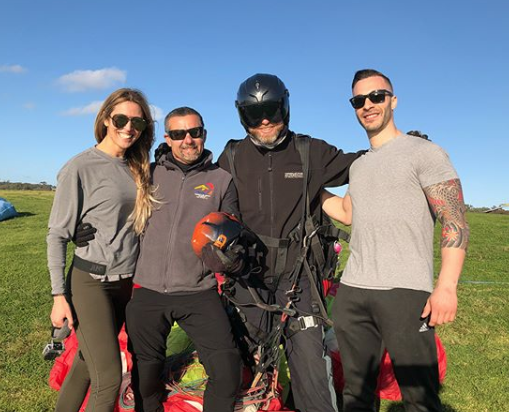
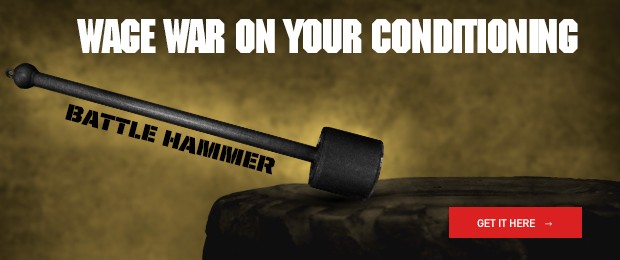
2 Comments